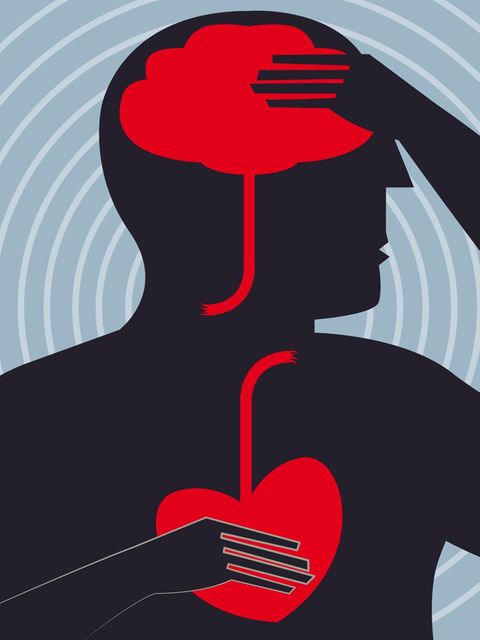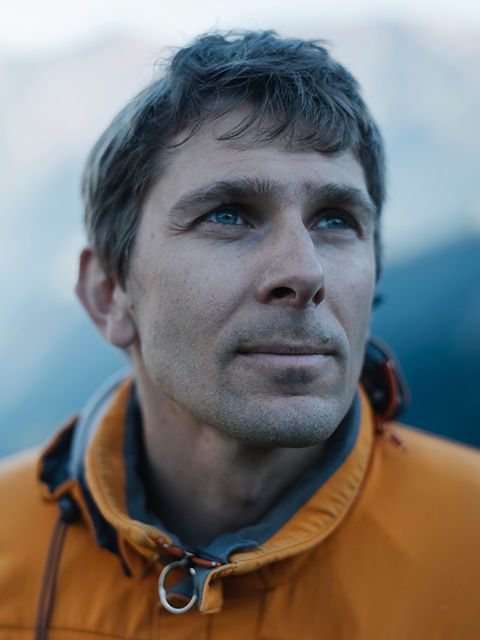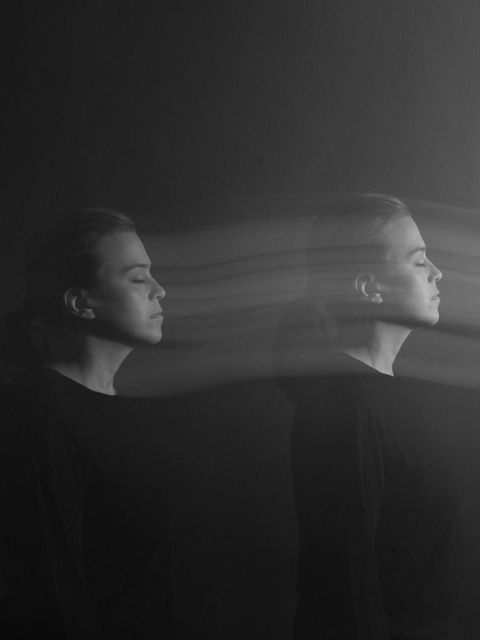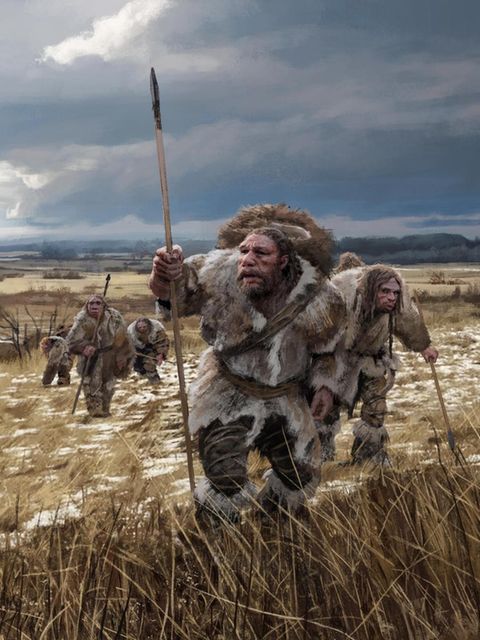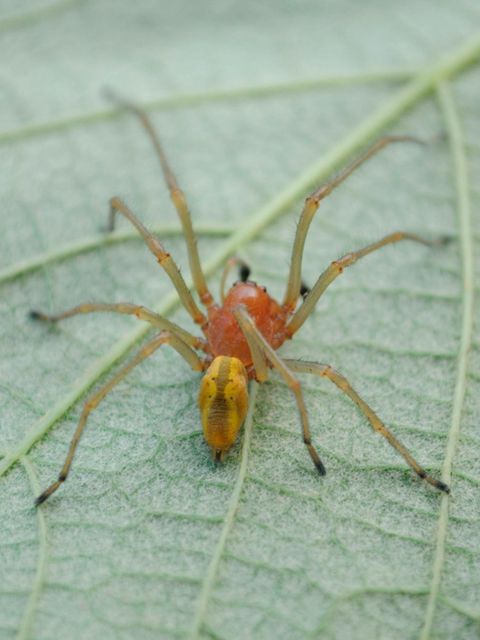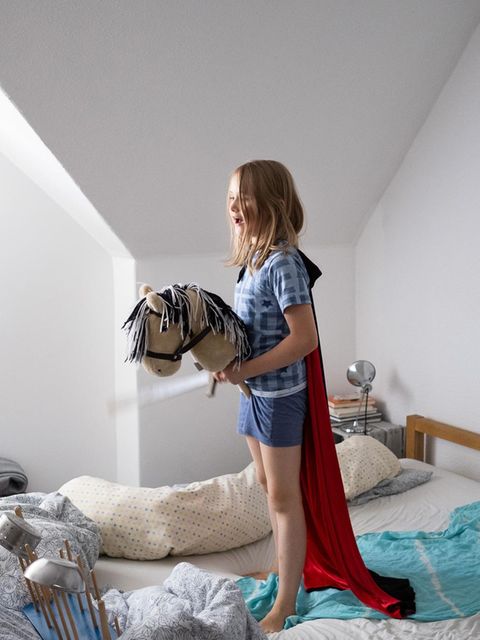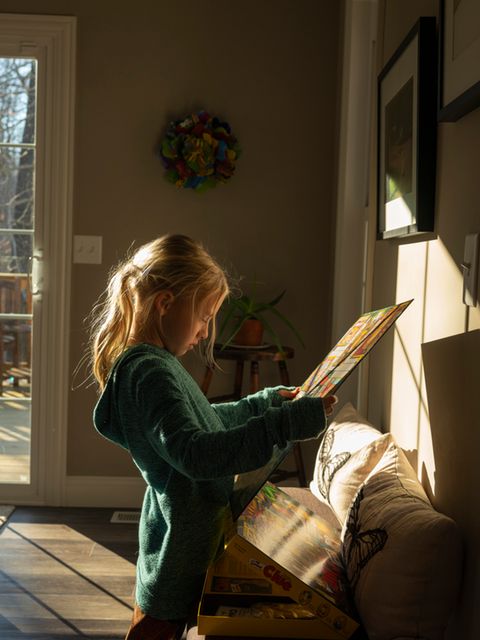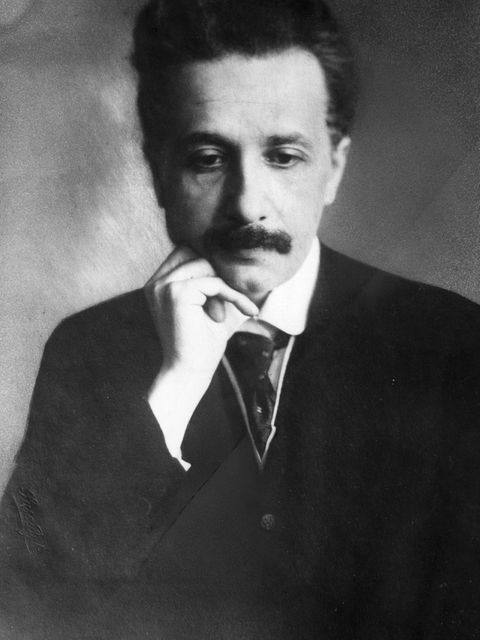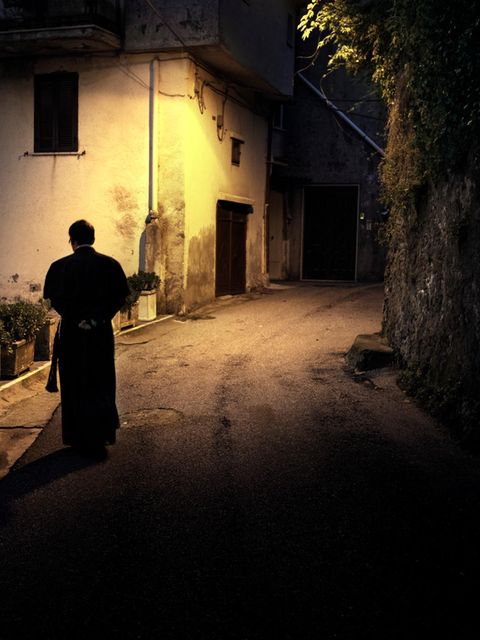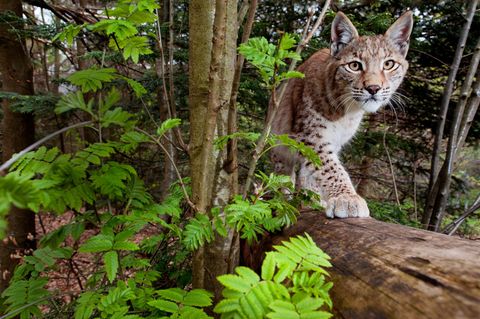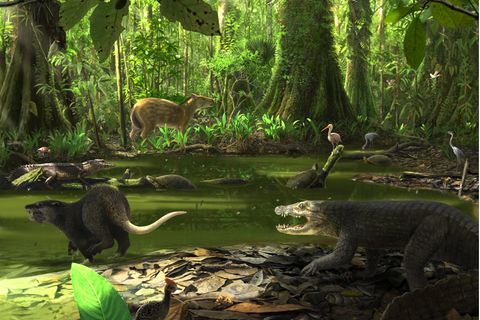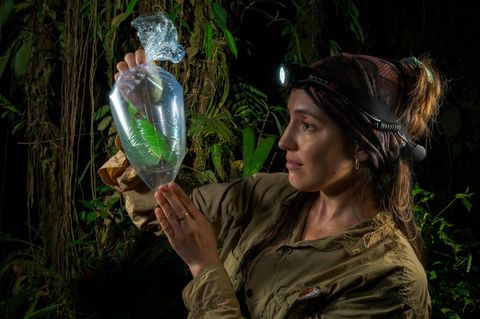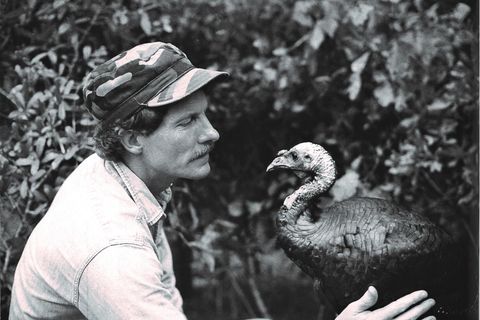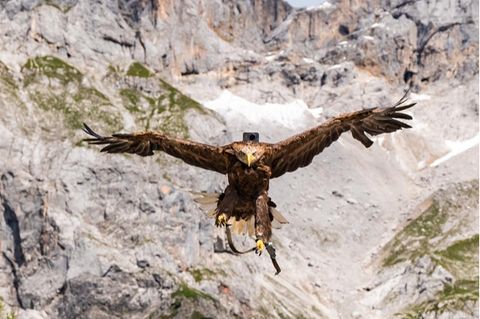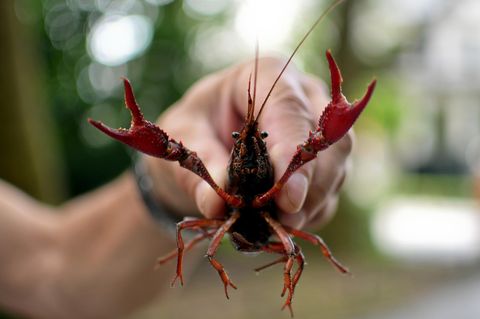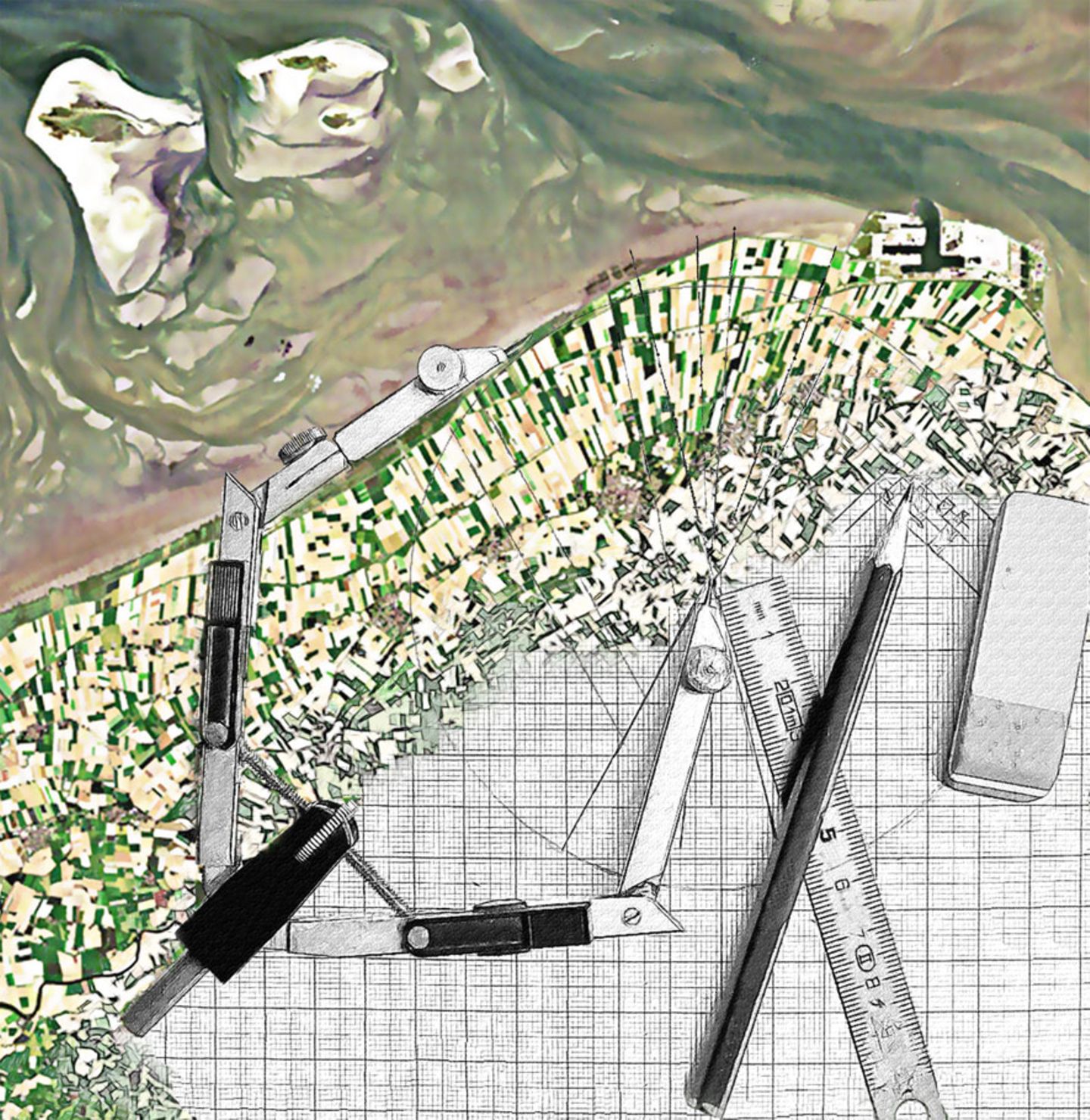
Drafted free lands
Die Illustration zeigt zwei unterschiedliche, landformende Mächte. Auf der einen Seite steht das holländische Wattenmeer, das durch Erosion, Verlegung und Sedimentation das Gelände formt. Auf der anderen Seite steht der Mensch, der sich durch das Anlegen von Deichen und Feldern das Land zu Eigen macht. Durch das Satellitenbild betrachtet, erkennt man sehr gut, dass der Mensch mit seinen Mitteln erfolgreicher ist als die Natur, denn fast überall verzieren grün-gelbe Felder die Küste. Der Übergang zwischen Skizze und Foto in der Illustration soll den Übergang zwischen den vom Menschen erschaffenen und den von der Natur erschaffenen Gebieten zeigen. So schreibt beispielsweise Johann-Wolfgang von Goethe in seinem berühmten Drama Faust II „Solch ein Gewimmel möcht‘ ich sehn, Auf freiem Grund mit freiem Volke stehn" (11579-11580).
Auf diese Zeilen bezieht sich auch der Titel der Illustration - auf die Menschen, die an den Küsten leben und immer den Kampf zwischen ihrem Land und dem Meer vor Augen haben.
The illustration shows the opposite of two landforming powers at the Dutch Wadden Sea: On one side, is the sea, which shapes the islands through the
erosion , transference
and sedimentation of material; on the other side
you can see the reclaimed land with its colourful fields beyond the dike - evidence of human intervention . The appearance of the agricultural land plots shows the sketched and constructed character of the coastal landscape. Their
manmade character is remarkable and very visible, especially from a
satellite perspective. My illustration tries to point out this modification of the landscape and the transition from a human-influenced
to a nature-influenced space by showing a transition from a draft to a photo. This theme of reclamation has always influenced and impressed
visitors, for example authors like Goethe, who wrote about the reclaiming of land in his famous drama Faust II: "I wish to gaze again on such a land, free earth: where a free race, in freedom stand" (11579–11580).
The title of the illustration refers to this line and should be taken as an homage to the people living on the coast and always having the struggle of the sea against their lands right before their eyes.
Auf diese Zeilen bezieht sich auch der Titel der Illustration - auf die Menschen, die an den Küsten leben und immer den Kampf zwischen ihrem Land und dem Meer vor Augen haben.
The illustration shows the opposite of two landforming powers at the Dutch Wadden Sea: On one side, is the sea, which shapes the islands through the
erosion , transference
and sedimentation of material; on the other side
you can see the reclaimed land with its colourful fields beyond the dike - evidence of human intervention . The appearance of the agricultural land plots shows the sketched and constructed character of the coastal landscape. Their
manmade character is remarkable and very visible, especially from a
satellite perspective. My illustration tries to point out this modification of the landscape and the transition from a human-influenced
to a nature-influenced space by showing a transition from a draft to a photo. This theme of reclamation has always influenced and impressed
visitors, for example authors like Goethe, who wrote about the reclaiming of land in his famous drama Faust II: "I wish to gaze again on such a land, free earth: where a free race, in freedom stand" (11579–11580).
The title of the illustration refers to this line and should be taken as an homage to the people living on the coast and always having the struggle of the sea against their lands right before their eyes.
© ESA / I. Holndonner






















